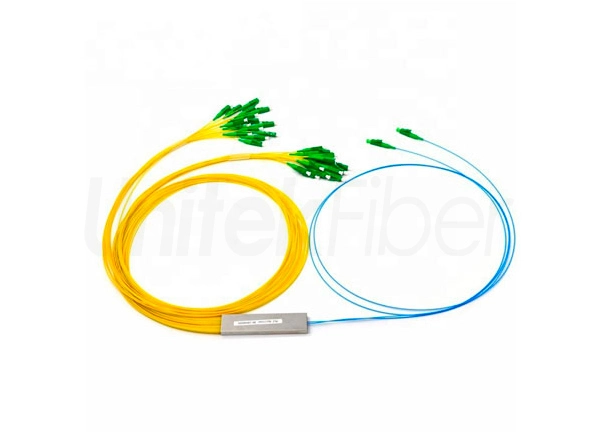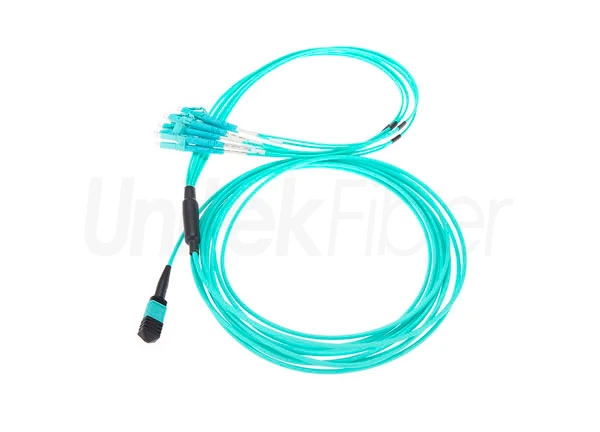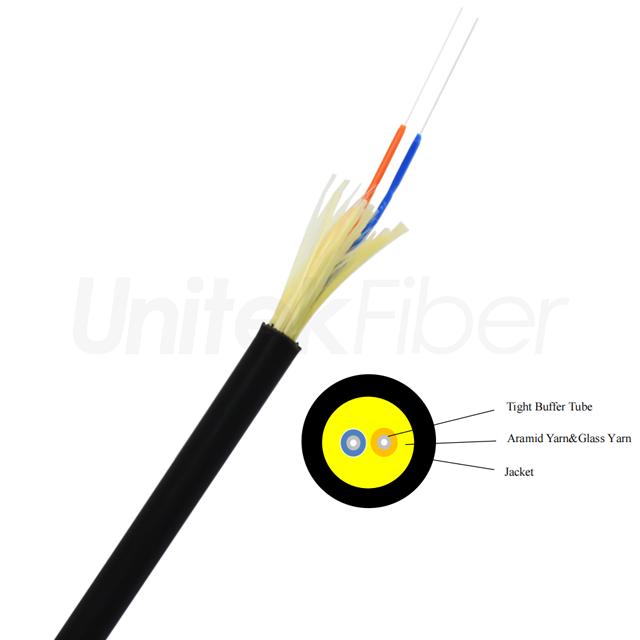
According to the physical and electrical properties of optical cables, the laying of optical cables must meet certain requirements. In addition, the laying of optical cables in different environments also have their own requirements.
(1) Length and integrity: The length of each cable should be controlled within 800m, and there is no relay in the middle.
(2) Minimum installation bending radius of optical cable: under static load, the minimum bending radius of optical cable is 10 times than the diameter of optical cable; under load conditions during wiring operation, such as pulling the optical cable out of the pipe, the minimum bending radius is 20 times than the diameter of optical cable; the minimum installation bending radius of four-core optical cable must be greater than 2in (5.08 cm).
(3) Installation stress: The maximum installation stress applied to 4/6 core cable shall not exceed 100lbf (45kgf); when multiple 4/6 core cables are installed at the same time, the maximum installation stress per cable shall be reduced by 20%. For example, for 4x4 core cable, the maximum installation stress shall be 320lbf (144kgf).
Explanation: It is required that the traction force of the cable should not exceed 80% of the allowable tension of the cable, and the maximum instantaneous traction force should not exceed the allowable tension of the cable. The main traction force should be applied to the strengthened components of the cable, and the fiber can not bear the tension directly.
(4) Installation pulling force of optical fiber jumper: the maximum pulling force of single-core soft wire is 27 LBF (12.15 kgf), and the maximum pulling force of double-core soft wire is 550 LBF (22.5 kgf), and the distance of interconnection equipment should not exceed 100 ft (30 m).
(5) Judging the A.B end of optical cable: Before construction, we must first judge and determine the A.B end of optical cable. A-terminal should be oriented towards network hub
direction, while the B-terminal should be oriented to the user's side. The end of the laying cable should be in the same direction, and it must not be mistaken.
(6) No matter laying optical cables in buildings or between buildings, separate pipe holes should be occupied. If the original pipe and copper cable are used together, the plastic sub-pipe should be put through the hole. The inner diameter of the plastic sub-pipe should be 1.5 times than the outer diameter of the optical cable. The optical cable should be laid in the plastic sub-pipe, and the same sub-pipe should not be used with the copper cable. When laying optical cables are in parallel with other weak current systems in buildings, they should be laid separately and fixed, and the minimum net distance between the cables should meet the design requirements.
Shenzhen UnitekFiber Solution Limited is a professional fiber optic cable supplier, providing high-quality optical cables. Welcome to buy.



